Countering Chinese economic coercion: enhanced cooperation between Australia and Europe
China appears increasingly confident in aligning itself politically against the West. But there are ways for Australia and Europe to even the balance.
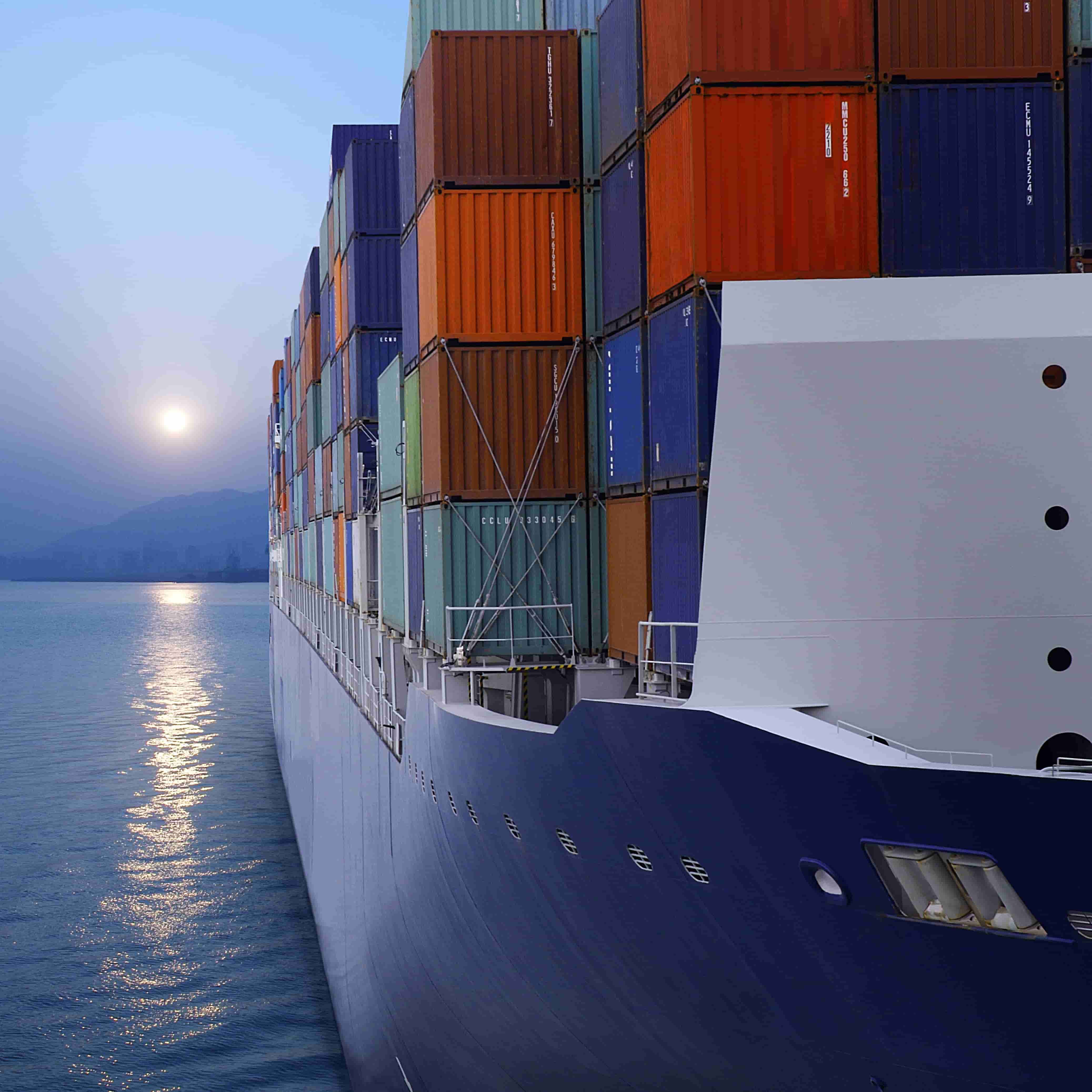
- Australia and the European Union have both been targets of Chinese economic coercion. They have a common interest, therefore, in cooperating to deter such measures and mitigate their impacts.
- As longstanding supporters of multilateralism, Australia and the European Union should cooperate to promote strengthened global rules and standards against economic coercion. Work at the World Trade Organization to build agreement on an anti-coercion approach should be a high priority for Australia–EU cooperation, as should coordination in the OECD and G7 to advance the WTO efforts.
- Australia and the European Union should use their bilateral dialogue processes to make a detailed examination of economic coercion. They should make their analyses and expertise available to other affected countries. Where appropriate, the Australian Minister for Foreign Affairs and the EU High Representative/Vice President for Foreign Affairs should make joint statements on relevant global developments related to economic coercion.
- Australia and the European Union could consider initiatives such as strengthening cooperation on resilience, cooperating within a NATO context to counter coercive measures, and deepening the dialogue between the Australian and European parliaments on economic coercion.
Introduction
China’s increasingly assertive, and at times belligerent, geopolitical positioning over the past decade has led many to conclude that challenging the economic, technological, and military superiority of the United States is now a major objective of the Chinese Communist Party under President Xi Jinping’s leadership. [1] On a number of issues, notably the South China Sea and Taiwan, China has adopted a highly aggressive approach to projecting its interests. And by entering into its recent “no limits” partnership with Russia, China appears increasingly confident in aligning itself politically against the United States and the West.
The United States is pushing back. It is strengthening its alliance network and presenting alternatives to Chinese cooperation models, such as Washington’s proposed Indo-Pacific Economic Framework for Prosperity. At the domestic level, the United States is focused on building its economic resilience in several areas. These include protecting its semiconductor technology, addressing supply chain vulnerabilities, and strengthening the scrutiny of proposed foreign investments in critical technologies.
There are no signs that China is willing to retreat from its strategic goal of displacing the United States as the dominant power in the Indo-Pacific region.
The period ahead is likely to be characterised by continuing and possibly intensifying competition between the two global superpowers. There are no signs that China is willing to retreat from its strategic goal of displacing the United States as the dominant power in the Indo-Pacific region. This, combined with China’s rejection of market-oriented reforms of its state-controlled economic model, [2] suggests there is no realistic prospect of a more cordial US–China relationship in the foreseeable future.
The impact of this rivalry is being felt across the international system. In multilateral institutions, member countries are finding it more difficult to reach consensus on major policy challenges. Many countries are trying to manage their relations with China and the United States in a way that balances their economic and security interests. But this is becoming more difficult, and in coming years these countries are likely to be confronted by some tough political, economic, and technological choices.
With geopolitical rivalry between the United States and China likely to intensify further, there is a risk that more countries could become targets of Chinese economic coercion, as has recently been the case for Australia and Lithuania. These measures have been unsuccessful in changing either country’s policies and practices, but they have generated strong interest in Australia and the European Union (EU) on what global actions can be taken to counter such coercive measures and address their impacts. Both Australia and the EU have taken steps to enhance the resilience of their economies and societies against coercion. While EU member states have maintained different perspectives on how to approach China, a speech by European Commission President Ursula von der Leyen on 30 March 2023 [3] — in which she argued for the EU to adopt a more comprehensive approach to “de-risking” in relation to its relationship with China — suggests a hardening EU stance on China. The tougher line in von der Leyen’s speech reflects the deep impact on the EU of Russia’s invasion of Ukraine and China’s continuing support for Russia, specifically its “no-limits friendship”.
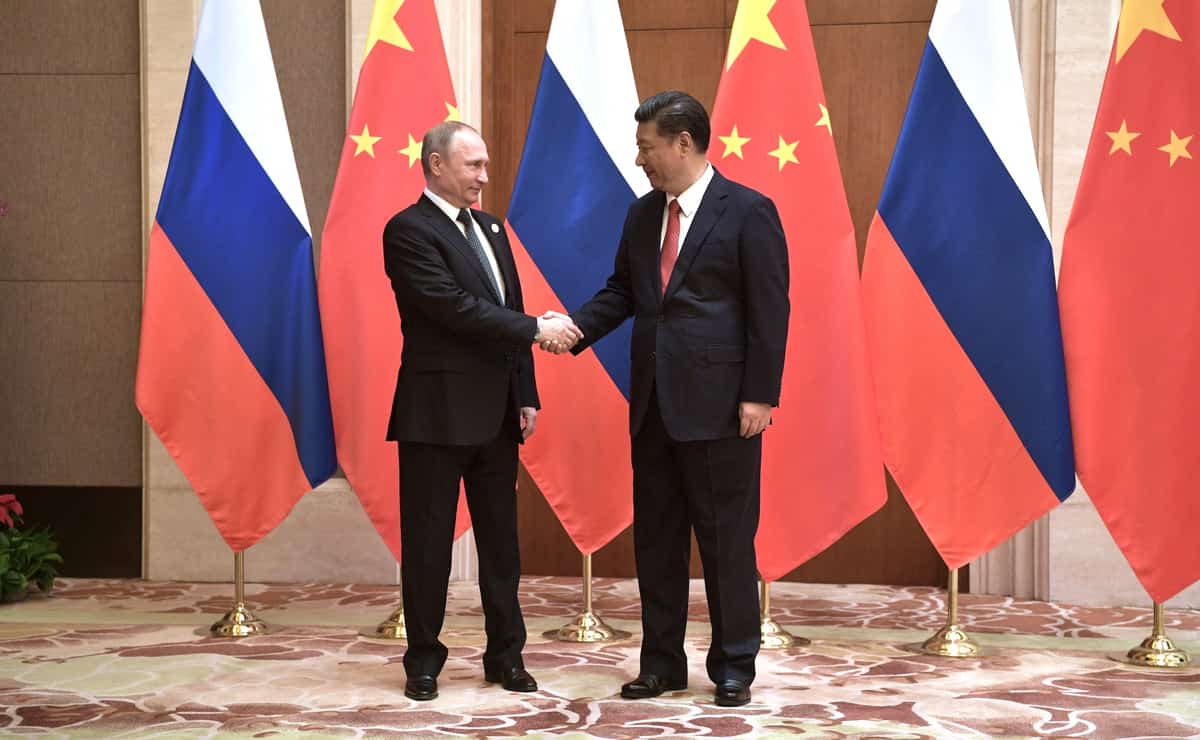
President von der Leyen’s speech made clear that a key element of the EU’s future response will be to work with its partners on global issues, with a core objective being to “reinforce the institutions and systems in which countries can compete and cooperate and from which they benefit”. [4]
While recognising the complexities of working with the EU in this area, there would appear to be both the scope and political will in the EU to cooperate with Australia towards shared aims in relation to China. This represents an opportunity for Australia to further contribute to building global policy coordination in a direction that will exert a positive influence over the direction of US–China relations.
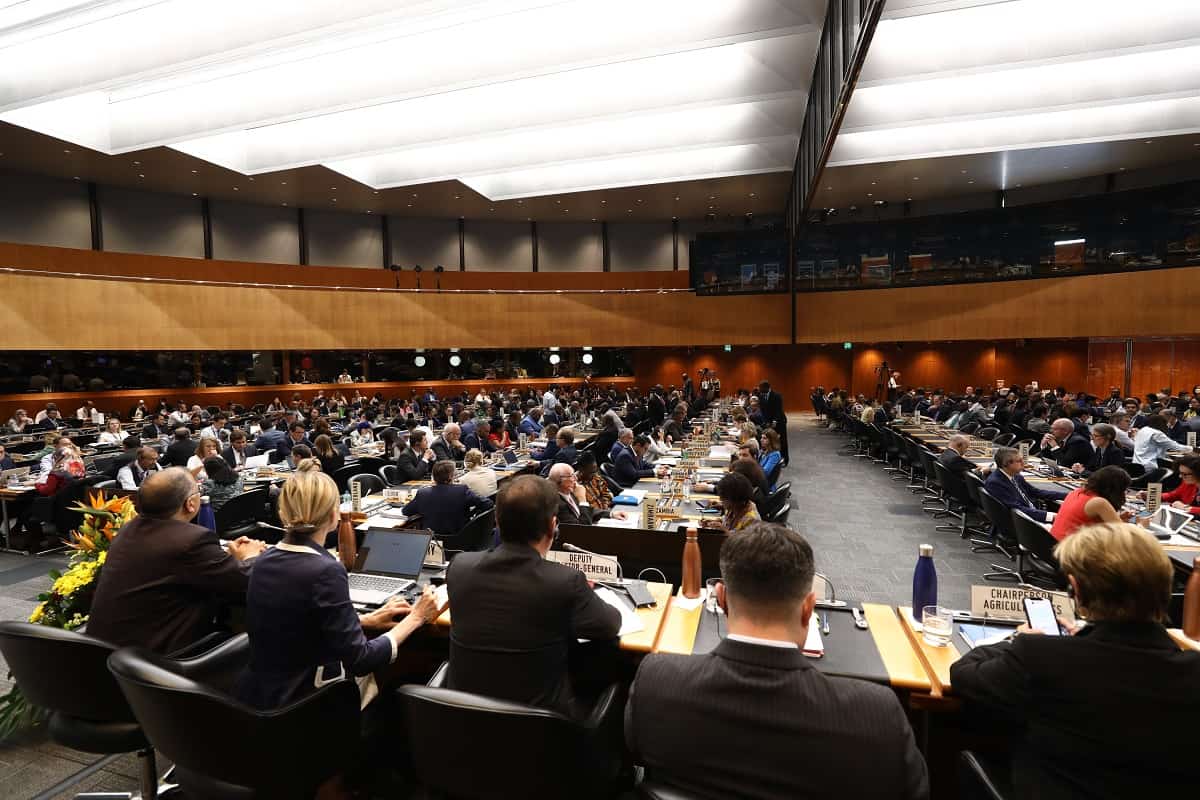
As major supporters of the rules-based international order and proponents of multilateralism, Australia and the EU have the leadership and credibility to jointly promote collective action to counter coercion, particularly in the World Trade Organization (WTO), the Organization for Economic Cooperation and Development (OECD) and the International Group of Seven (G7). They should also expand their bilateral consultative mechanisms to include a dedicated, standalone agenda item on countering coercion. Other initiatives that could be considered are: cooperating with the North Atlantic Treaty Organization (NATO) on deterring economic coercion; strengthening cooperation between Australia and the EU on resilience measures; deepening parliamentary exchanges on coercion; and exploring the scope for an Australia–EU arrangement that would complement the work on coercion in the Quadrilateral Security Dialogue (Quad) between Australia, India, Japan, and the United States.
China’s economic coercion
Economic coercion has traditionally been difficult to define. At a broad level, it is understood to include the use, or threat of use, of measures of an economic character taken to induce a change in policy or practice.
The use of economic measures to achieve foreign policy or strategic objectives is not a new phenomenon. The economic sanctions imposed by many countries against Russia after its invasion of Ukraine in 2022 is an example. But these sanctions are often founded in international law or have the backing of the United Nations Security Council. By contrast, China’s actions have consisted of unilateral and targeted trade restrictions and feature a number of distinguishing characteristics.
Chinese measures have often been in the form of “informal” actions through which Chinese state-owned enterprises are directed by the state to modify their purchasing decisions.
First, Chinese measures have often been in the form of “informal” actions through which Chinese state-owned enterprises are directed by the state to modify their purchasing decisions. Because such directives are not transparent, they provide plausible deniability to the Chinese government, which typically does not admit publicly that it has imposed them.
Second, China has increasingly resorted to the use of technical and regulatory barriers to trade, notably anti-dumping and countervailing measures, and sanitary and phytosanitary measures and standards. In some instances, China has attempted to justify the imposition of trade restrictions on the basis of flimsy evidence that foreign suppliers have failed to comply with Chinese technical regulations or have breached international trade rules.
Third, China’s punitive economic measures have often been deployed alongside other non-economic actions that appear to be aimed at achieving the same objective. This has included the cancellation of ministerial and high-level contacts and visits, the discontinuation of bilateral cooperation programs, and opposition to multilateral initiatives and candidacies.
In virtually every case, the targets for Chinese actions have been democratic countries. Examples include China’s ban on salmon imports from Norway in 2010 after the Nobel Peace Prize was awarded to the Chinese human rights activist, Liu Xiaobo. [5] In the same year, China obstructed rare earths exports to Japan in apparent retaliation for Japan’s detention of a Chinese fishing vessel in the South China Sea. [6] Canada, the Republic of Korea, and the Philippines have also been targeted, among other countries.
While it is not possible to be certain of China’s intentions in these cases, it appears the Chinese government believes it can reverse and discourage policies and practices through the use of such measures, [7] and that they can deter other governments from behaving the same way.
Punitive measures against Australia and Lithuania
Chinese economic measures taken in 2021 against Australia and Lithuania are the most recent and high-profile examples of its use of economic coercion.
Australia
Soon after Australia and China concluded a comprehensive bilateral free trade agreement in 2015, concerns about the implications of Chinese investment surfaced in the Australian system. In particular, there was concern about the proposed purchase by the Chinese-owned Landbridge Group of a long-term lease of the Port of Darwin in northern Australia. The Landbridge Group describes itself as a “private company”, but its owner is directly linked with the Chinese government.
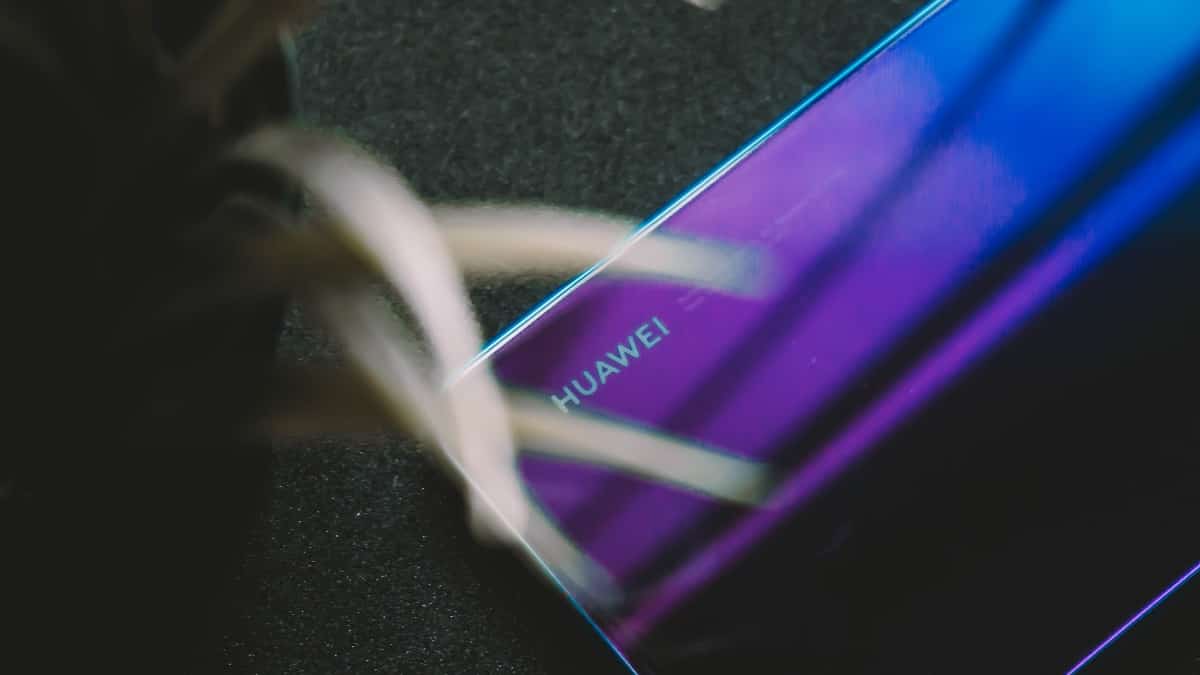
The Port of Darwin lease ultimately proceeded as it qualified at the time for an exemption from Australia’s foreign investment legislation, which covered the sale of state and territory-owned assets. [8] But the controversy led to the introduction in 2021 of a raft of changes to Australia’s foreign investment screening system. This included the addition of a national security test and greater scrutiny of foreign government investments in infrastructure assets. [9] Earlier, Australia had also made a number of legislative amendments to counter foreign interference in its political system, [10] action that attracted a negative reaction from the Chinese government. [11]
The concerns raised by the Port of Darwin case were also present in 2018 when the Australian government decided to ban the Chinese telecommunications company Huawei (along with Chinese partially state-owned enterprise ZTE) from participating in the development of Australia’s 5G network. The decision provoked a vociferous reaction from the company as well as from the Chinese government, which characterised the ban as “politically motivated” and as undermining the principles of competition and non-discrimination in trade. [12]
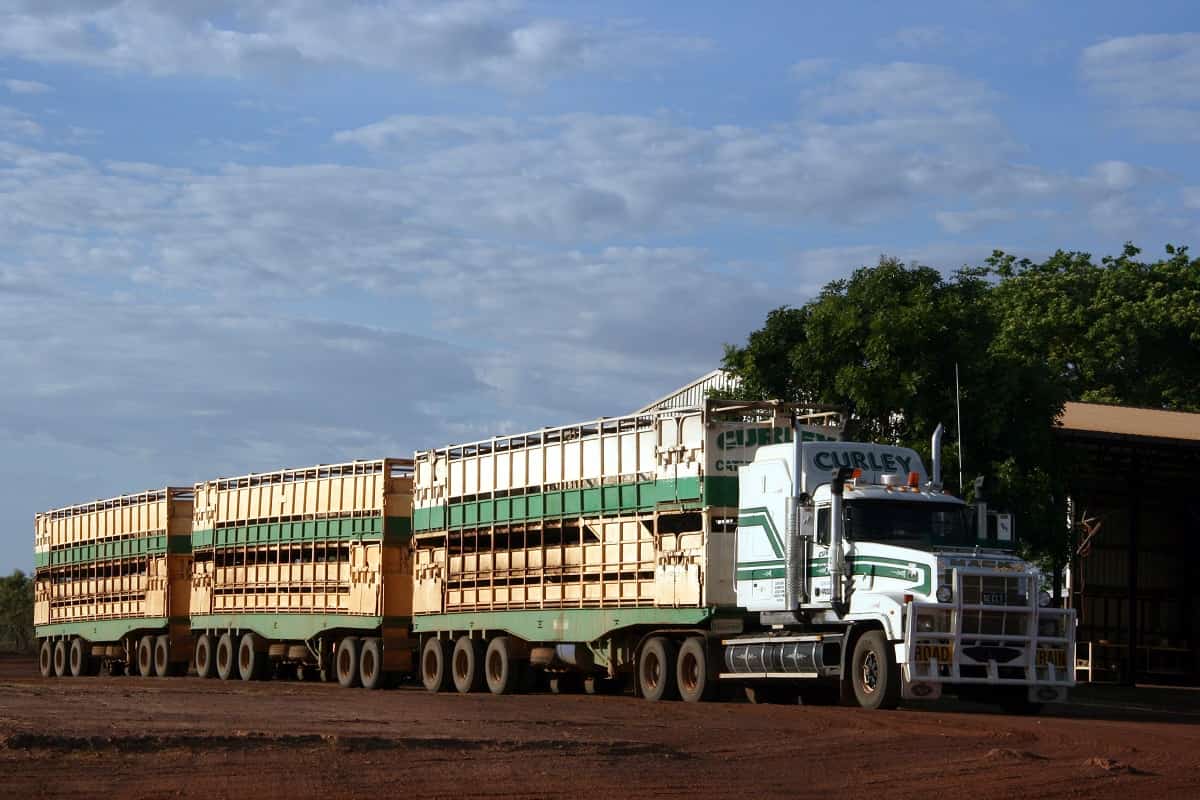
The 5G decision was followed in 2020 by a public statement from the Australian foreign minister calling for a global inquiry into the origins of Covid-19. [13] Soon after, China announced a wide range of trade measures and restrictions targeted at Australia’s exports. The Chinese government-imposed import restrictions and discriminatory purchasing measures on eight commodities: coal, copper ores/concentrates, frozen beef, wine/grapes, cotton, barley, timber products, and rock lobster. Together, these commodities accounted for around 13 per cent of China’s imports from Australia in 2019. [14]
The Chinese government did not, however, impose restrictions on Australian exports that were essential inputs to China’s economy, notably iron ore. Its approach was to select goods that China could easily obtain from other countries.
The prevailing consensus in the political and business communities in Australia is that any attempt by Australia to retaliate outside WTO rules could risk further punitive action from China.
China denied that these measures were coercive. [15] It sought to blame Australia for the deterioration in bilateral relations and relied on dubious legal grounds to justify some of the measures. For example, it claimed that Australian wine exports were benefiting from government subsidies. [16]
In response, the Australian government initiated two dispute settlement actions against China in the WTO. Australia challenged the legality of China’s anti-dumping measures on Australia’s wine exports and its anti-dumping and countervailing duty measures on barley. The cases are ongoing.
China’s use of informal restrictions is a clear violation of the spirit of WTO rules. But given the lack of transparency in Chinese decision-making processes, the prospects of successfully challenging such actions under the existing WTO rules are uncertain.
Apart from triggering WTO dispute action and encouraging affected industries to pursue market diversification, the Australian government has not taken direct action against China. Instead, it has strengthened dialogue with other like-minded countries, notably in the Quad grouping. The prevailing consensus in the political and business communities in Australia is that any attempt by Australia to retaliate outside WTO rules could risk further punitive action from China.
Lithuania
Chinese action against Lithuania in 2021 was prompted by Lithuania’s decision to withdraw from the 17+1 process [17] , as well as the opening of a Taiwanese representative office in Vilnius and a Lithuanian trade office in Taipei. [18] On 1 December 2021, Lithuania disappeared from the Chinese Customs Administration’s country list, effectively preventing Lithuanian exporters from completing required customs paperwork. [19] Soon after, Lithuania reappeared on the customs list, but shipments were not cleared, and a number of import applications were rejected by the Chinese authorities. Reports at the time suggested that China also blocked imports from the EU with Lithuanian components, notably from Germany. [20]
Initially, Lithuania found ways to de-escalate the issue by addressing China’s concerns. But ultimately China made no concessions on the core issue, and the EU acted to support Lithuania. In April 2022, the EU approved a €130 million support package for companies affected by the Chinese measures. [21] In comments that were interpreted as referring both to China and to the United States, French President Emmanuel Macron said he would advocate for the adoption of an anti-coercion instrument to respond to economic aggression directed at an EU member state. [22]
On 31 January 2022, the EU initiated dispute action against China in the WTO. The EU case was based on the claim that the Chinese measures were inconsistent with provisions of the General Agreement on Tariffs and Trade (GATT 1994), the General Agreement on Trade in Services (GATS), the Agreement on the Application of Sanitary and Phytosanitary Measures (SPS Agreement), and the Trade Facilitation Agreement (TFA). The case is ongoing. Several WTO members, including the United States, the United Kingdom, Japan, Australia, and Taiwan, sought unsuccessfully to join the case as third parties at the consultations phase. If the EU proceeds with the case to the panel stage, China will not be able to block third party participation.
The EU proposal for an anti-coercion instrument
The EU’s concern about economic coercion was initially sparked by US actions. The Trump administration’s imposition of tariffs on EU imports of steel and aluminium in 2018, along with the administration’s negative attitude towards the WTO, raised significant concerns in the EU about the prospect of a lengthy campaign of coercive and punitive economic measures against it by the United States. This experience prompted the EU to develop an EU-wide instrument to deal with such measures in the future. [23]
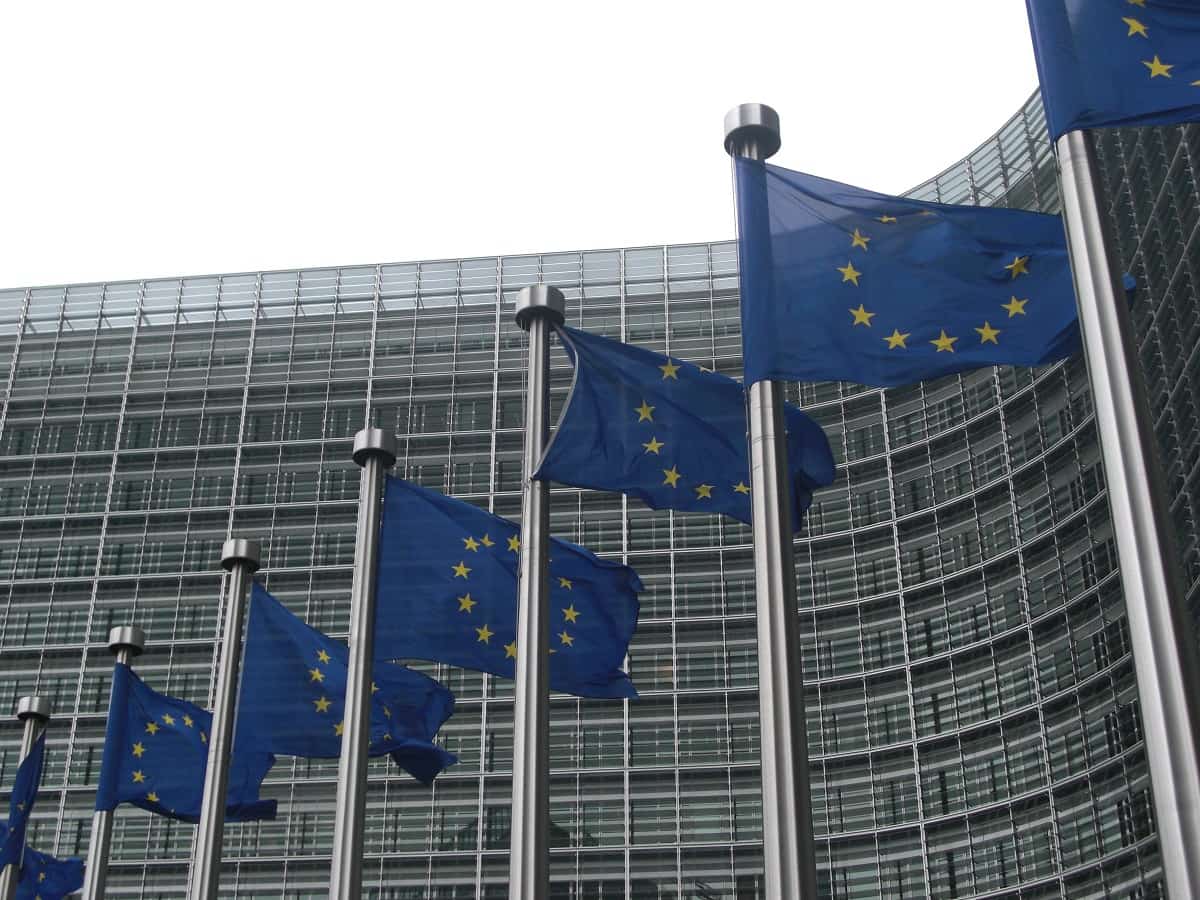
The European Commission tabled a draft anti-coercion instrument (ACI) in December 2021. [24] It is currently subject to approval by the European Parliament and member states. Under the proposal, two conditions need to be met to trigger EU action: a third country tries to interfere in the legitimate sovereign choice of the EU or its member states by seeking to prevent or obtain the cessation, modification, or adoption of a particular act by the EU or member states; and the same third country applies or threatens to apply measures affecting trade or investment. The instrument authorises the Commission to take into account whether there has been a pattern of interference, and whether good faith efforts have been made to settle differences.
The Commission’s proposal identifies examples of coercive measures. These include excessively strict enforcement of administrative rules; new and non-transparent market barriers; denial or delayed granting of licences or authorisations for business; scientifically unjustified sanitary or phytosanitary measures; selective/targeted border checks; illegal expatriation; and state-organised boycotts against goods or investors.
Under the ACI, if the Commission finds coercion has taken place, it can notify the third country and request it to discontinue its practices and where appropriate repair any injury caused. If a negotiated settlement is not reached, the Commission can take countermeasures. These can take the form of import duties/charges; import or export restrictions; suspension of rights to participate in government procurement processes; restrictions on investment and trade in services; restrictions on authorisations under chemicals and sanitary and phytosanitary legislation; and exclusion from EU-funded research programs.
Common ground between Australia and the EU
The responses of Australia and the EU to Chinese economic coercion underline several areas of common ground.
First, that both Australia and the EU have initiated legal challenges against China in the WTO reflects their strong and longstanding commitment to that body, and more broadly to the rules-based international system. Australia and the EU have also been at the forefront of efforts in the WTO and other multilateral organisations to develop dialogue and cooperation aimed at introducing rules and processes to guard against future use of economic coercion.
A number of EU member states remain instinctively inclined to pro-engagement China policies and are wary of being drawn into approaches that may smack of containment.
Second, as noted earlier, Commission President von der Leyen has flagged that the EU is embracing a more multidimensional policy framework for its relations with China. While the EU continues to cooperate with China, it increasingly recognises the risks attached to Chinese policies and practices. In 2019, the EU designated China a “systemic rival” — as well as a partner — and it has become more assertive in criticising Chinese actions and demanding reciprocity from China, notably in relation to market access. Recent EU–China high-level meetings have revealed a cooling of the relationship. [25]
It remains to be seen how the EU–China relationship will evolve, but it is worth noting that as part of the Biden administration’s commitment to improving the US–EU relationship it has signalled support for more effective coordination in the Indo-Pacific. This objective was outlined in the Biden administration’s Indo-Pacific Strategy released in February 2022. [26]
It would, however, be unrealistic to anticipate a shift in the EU’s policy approach to China that would see it adopt all elements of the US agenda. A number of EU member states remain instinctively inclined to pro-engagement China policies and are wary of being drawn into approaches that may smack of containment. Many are also preoccupied with the threat of unilateral economic action by the United States, including the possibility that the United States and China will strike their own deals to manage trade and investment flows in ways that might damage the EU. The EU was, for example, highly critical of the Phase One deal negotiated between the Trump administration and China. [27]
A major focus for Australia in the wake of the economic measures taken by China against it has been to promote market diversification.
As a bloc, the EU remains a relatively modest foreign policy actor and its internal differences and competing geopolitical priorities closer to home are likely to see it continue to favour incrementalism and to strive to differentiate the EU’s approach from that of the United States. As a result, Australia–EU cooperation is more likely to be productive in areas such as trade where the European Commission has clear competence vis-à-vis its member states.
There is more likely to be Euro-Atlantic policy innovation in relation to China in NATO where the United States had been pressing for China to be recognised as a systemic competitor — something that was achieved at the 2022 NATO Summit. [28]
Finally, both Australia and the EU have recognised that resilience is now an important national priority and are adopting a range of policies to advance that goal. Cyberattacks, threats and disruptions to supply chains, and the Covid-19 pandemic, have all underscored the need to define principles and introduce concrete actions for anticipating and protecting against disruptions to critical functions and supplies.
The EU has adopted an ambitious Recovery and Resilience Facility to fund a wide range of resilience activities, including in relation to climate change, digital transition, social cohesion, and health. In 2022, the EU adopted a strategy for cooperation in the Indo-Pacific that aims to enhance coordination with the region in a number of priority areas, including sustainability and green transition, ocean governance, digital partnerships, defence, and human security. [29]
Complementing this strategy, the EU entered into a bilateral partnership with Japan on sustainable connectivity and infrastructure in 2019. It was viewed as building strong cooperative measures as alternatives to those being offered under China’s Belt and Road Initiative. [30]
A major focus for Australia in the wake of the economic measures taken by China against it has been to promote market diversification, notably through the conclusion of new trade agreements with the United Kingdom and India. Because its trade flows have been less impacted by the Chinese actions to date, the EU has not sought to accelerate its existing bilateral free trade negotiations agenda, which in any event is facing internal opposition from some constituencies.
Areas for EU–Australia cooperation
Given the convergence in perspectives of Australia and the EU, there are solid grounds for enhancing cooperation to defend against economic coercion. Indeed, there is already a strong record of constructive engagement between Australia and the EU on aspects of this agenda. The focus now should be on what more can be done, especially in those areas where the shared interests are clear and there are strong prospects for achieving positive outcomes.
Multilateral
Working together in key multilateral bodies to drive effective global action should remain the central element of the Australia–EU agenda. Both Australia and the EU have significant authority and credibility as proven supporters of the rules-based international order. This gives them the capacity to play a leadership role, building broad-based support in a range of international forums.
Australia and the EU should work together to push for an agreement within the WTO on a common approach to countering economic coercion. Ideally, this would take the form of a plurilateral agreement. [31] Australia and the EU should coordinate in developing the content of an agreement, drawing on the EU’s anti-coercion instrument. The overarching aim should be a framework that promotes a collective approach to coercion involving dialogue and information-sharing in the first instance and, where necessary, joint counter-coercive actions such as retaliation.
In relation to WTO dispute settlement, Australia and the EU should agree to the other participating as a third country in any legal challenges they bring forward against coercive measures. They should agree to share their legal analyses and expertise with other countries considering dispute settlement action.
Complementing the WTO agenda, Australia and the EU should work together in the OECD and G7 (when Australia is participating). The aim should be to take forward dialogue and analysis that complements and informs the actions of member governments in addressing coercion, which develops a shared viewpoint among OECD and G7 members on Chinese motives and tactics, and which builds support for collective actions.
Bilateral
At the bilateral level, Australia and the EU should ensure their existing consultative machinery on the Indo-Pacific includes countering economic coercion as a standalone agenda item. Both sides should expand the sharing of information and analysis that might support joint or coordinated actions to counter economic coercion. Australia should encourage the EU to include interested member state representatives in such consultations. Both sides should also consider joint statements by the Australian Minister for Foreign Affairs and the EU High Representative/Vice President for Foreign Affairs on developments relevant to economic coercion when possible or appropriate.
Other potential initiatives
There is potential for Australia to work with the European members of NATO to build support within the alliance for concrete collective action to deter economic coercion. While there is concern among NATO members about the strategic implications of economic coercion, the alliance has not taken concrete action to counter such measures. There is the beginning of a debate on the topic, most recently in the form of a proposal by former NATO Secretary General Anders Fogh Rasmussen for a “mutual defence pledge”. [32] Its aim is to “produce the same deterrence and solidarity in the economic realm among democracies that NATO produces in the security realm”. [33] It would do this by forming an “alliance of democracies” to act as a deterrent to economic coercion and if necessary to take retaliatory action. Provided there is support for such a concept in NATO — particularly from the United Kingdom, France, Germany, Poland, and the Nordic and Baltic states — Australia should contribute its views in the debate both within NATO and between NATO and its Asian partners (Japan, Australia, South Korea, and New Zealand). Given that Australia is not a member of NATO or the G7, initial discussions should be undertaken without prejudice as to the most appropriate institutional foundation for such a grouping.
Australia and the EU should expand their bilateral cooperation agenda in ways that will reinforce their respective domestic resilience initiatives. For example, they could explore the scope for joint projects on critical minerals/rare earths, health and medical products, and digital. They could also explore working in tandem to share their expertise and experiences in resilience policies with countries in the Indo-Pacific.
Australia should support the establishment of an institutionalised dialogue between the European Parliament and the Australian Federal Parliament focused on countering Chinese economic coercion. Such a mechanism would leverage the fact that the European Parliament has assumed a more powerful position in the EU since the Treaty of Lisbon. The existing Inter-Parliamentary Alliance on China [34] could be an appropriate vehicle for the proposed dialogue.
Note
This Research Note is a publication related to the Australia–European Union Track 1.5 Strategic Dialogue, funded by the Australian Department of Foreign Affairs and Trade. The views, information and advice expressed in this paper are that of the author, and do not necessarily reflect the views of the Lowy Institute or the Australian government.
